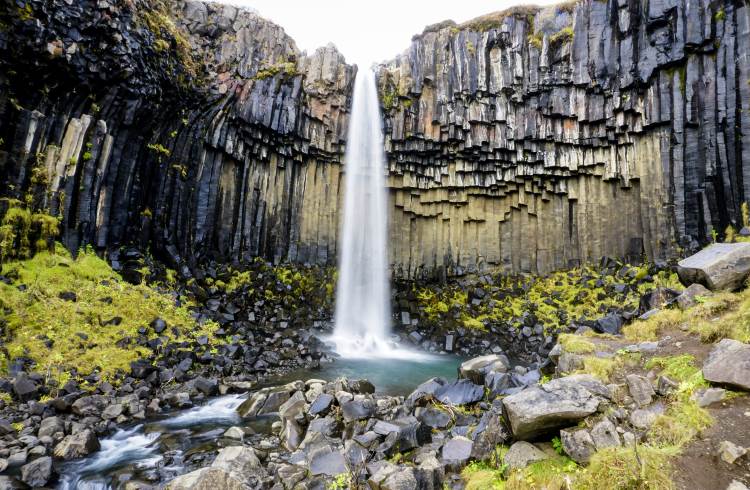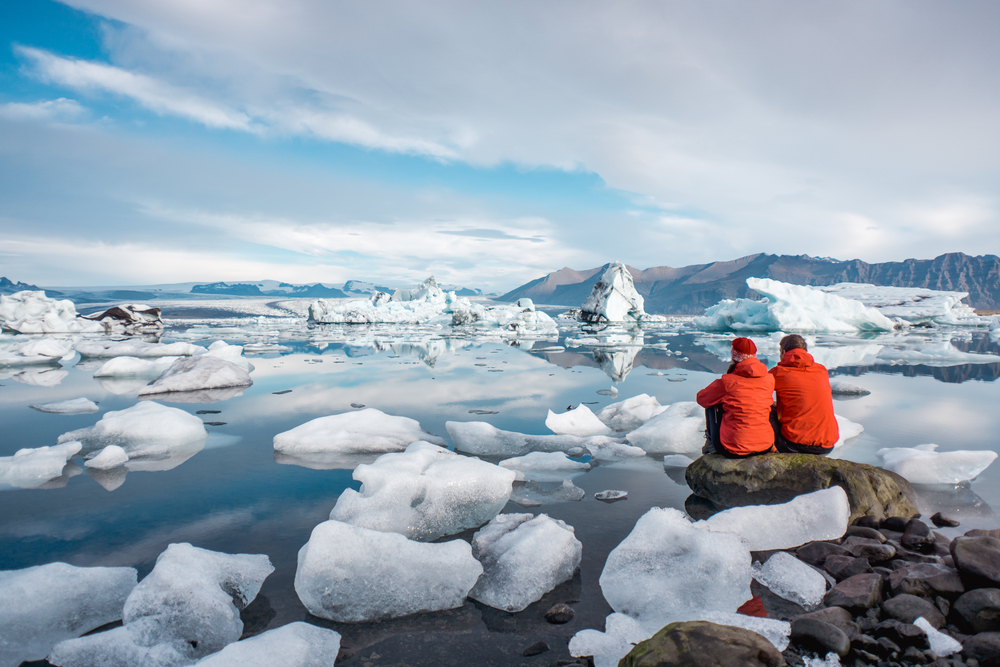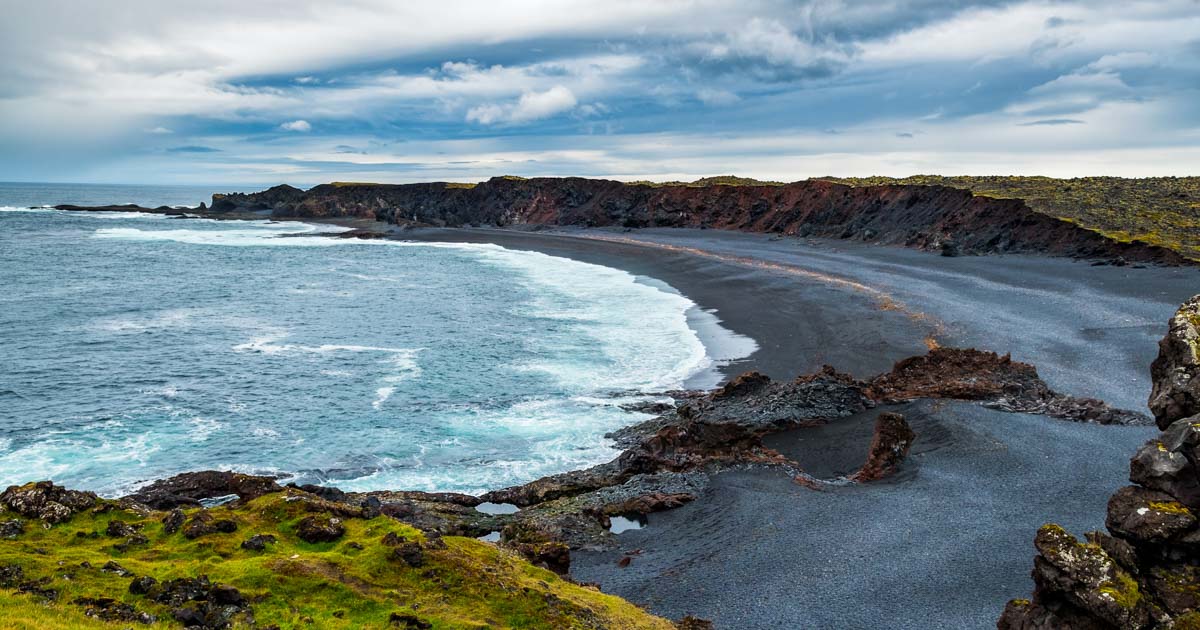Iceland is a breathtakingly beautiful country, with rugged landscapes, pristine glaciers, and sparkling blue waters that attract millions of visitors every year. The country is home to three national parks that are renowned for their unique features and awe-inspiring landscapes. Whether you're a nature lover or an adventure enthusiast, Iceland's national parks offer a wealth of opportunities to explore and discover. In this article, we'll take you on a journey through Iceland's national parks and explore the various day trips that are available to you.
Hike through Vatnajökull National Park

Vatnajökull National Park is the largest national park in Iceland, covering over 14% of the country's total land area. The park is home to Europe's largest glacier, Vatnajökull, as well as numerous other glaciers, rivers, and lakes. One of the best ways to explore the park is by hiking, as it allows you to get up close and personal with the breath taking landscapes. There are numerous hiking trails available, ranging from easy walks to more challenging treks that require a bit of stamina.
Discover the Diamond Beach

One of the highlights of Vatnajökull National Park is the Diamond Beach, a stunning black sand beach that is scattered with glittering icebergs that have washed ashore. The contrast between the black sand and the crystal-clear ice creates a mesmerizing and unique sight that is sure to take your breath away. You can take a guided tour to explore the beach and learn about the fascinating natural phenomena that have created it.
Explore the Jökulsárlón Glacier Lagoon

Another must-see destination in Vatnajökull National Park is the Jökulsárlón Glacier Lagoon, a vast expanse of blue-green water that is dotted with floating icebergs. The lagoon is fed by the Breiðamerkurjökull glacier, and it's an ideal spot for a boat tour or a peaceful stroll along the shoreline.
Discover Snæfellsjökull National Park
Snæfellsjökull National Park is located on the Snæfellsnes peninsula, a rugged and remote region that is home to some of Iceland's most dramatic landscapes. The park is named after the Snæfellsjökull glacier, which towers over the peninsula and is said to be one of the most mystical places in Iceland.
Visit the Kirkjufell Mountain
One of the most iconic sights in Snæfellsjökull National Park is the Kirkjufell Mountain, a towering peak that rises out of the surrounding landscape. The mountain is often referred to as the "most photographed mountain in Iceland," and it's easy to see why. You can take a guided tour to the top of the mountain, where you'll be rewarded with breathtaking views of the surrounding countryside.
Explore the Djúpalónssandur Black Sand Beach

Another popular destination in Snæfellsjökull National Park is the Djúpalónssandur Black Sand Beach, a rugged and wild beach that is renowned for its stark beauty. The beach is littered with rusted shipwrecks and boulders, creating a haunting and otherworldly atmosphere.
Conclusion
Iceland's national parks offer a wealth of opportunities for adventure and discovery, from hiking and boating to exploring black sand beaches and glaciers. Whether you're a seasoned traveller or a first-time visitor, Iceland's national parks are sure to leave you with unforgettable memories. So pack your bags, grab your camera, and get ready to explore the natural beauty of Iceland's national parks.
FAQs
-
What are the opening hours of Vatnajökull and Snæfellsjökull National Parks? Both national parks are open 24/7, all year round.
-
How do I get to Vatnajökull and Snæfellsjökull National Parks? There are several ways to get to the national parks, including by car, bus, or guided tour. It is recommended to book a tour if you are not familiar with the area or if you are not comfortable driving on Iceland's rugged terrain.
-
Are there any guided tours available in the parks? Yes, there are plenty of guided tours available in both Vatnajökull and Snæfellsjökull National Parks. These tours range from hiking and glacier expeditions to boat tours and wildlife watching.
-
What kind of wildlife can I expect to see in the national parks? You may see a variety of wildlife in the national parks, including reindeer, Arctic foxes, whales, and various bird species.
-
Is it possible to camp in the national parks? Yes, it is possible to camp in designated camping areas within the national parks. However, it is important to note that camping outside of designated areas is not permitted.
-
What is the weather like in the national parks? The weather in Iceland can be unpredictable, so it is best to come prepared for all conditions. It is generally cold and wet, with temperatures ranging from 0°C to 10°C (32°F to 50°F) depending on the season.
-
What is the best time of year to visit the national parks? The best time to visit the national parks is during the summer months (June to August) when the weather is more mild and the days are longer. However, visiting during the winter months (December to February) can provide unique opportunities to see the Northern Lights and experience the winter wonderland of Iceland.
-
Are there any restrictions on hiking or exploring the parks? There are some restrictions on hiking and exploring the parks, especially around glaciers and other sensitive areas. It is important to stay on designated trails and follow all posted signs and regulations to ensure the safety of both visitors and the environment.
-
Can I see the Northern Lights in the national parks? Yes, you may be able to see the Northern Lights in both Vatnajökull and Snæfellsjökull National Parks, especially during the winter months when the skies are darker and clearer. It is recommended to join a guided tour to increase your chances of seeing the Aurora Borealis.
-
What should I bring with me when visiting the national parks? It is recommended to bring warm, waterproof clothing, sturdy hiking shoes, a backpack with snacks and water, and any necessary camping gear if you plan to camp in the parks. It is also important to bring a camera to capture the stunning landscapes and wildlife you may encounter.




